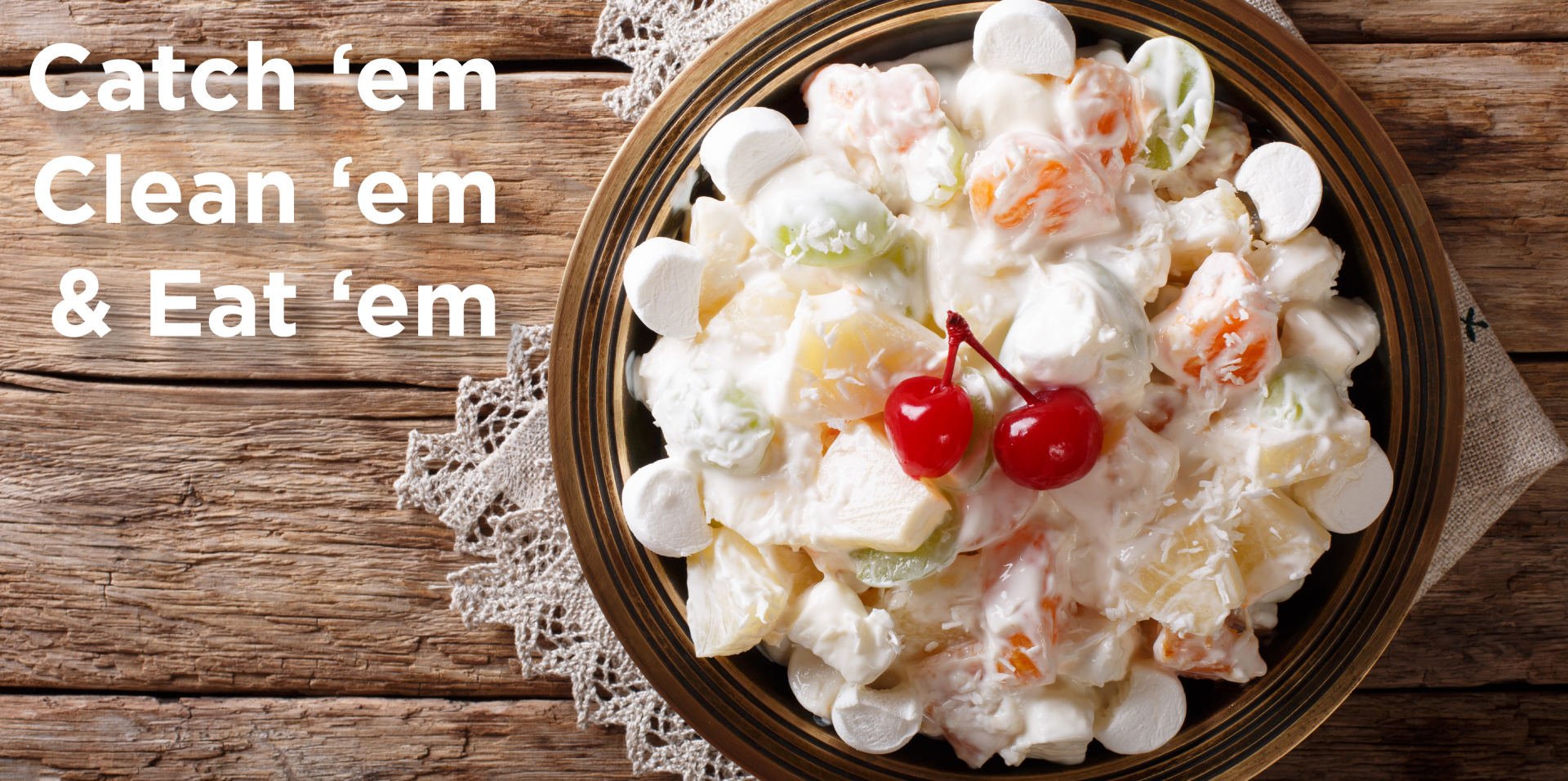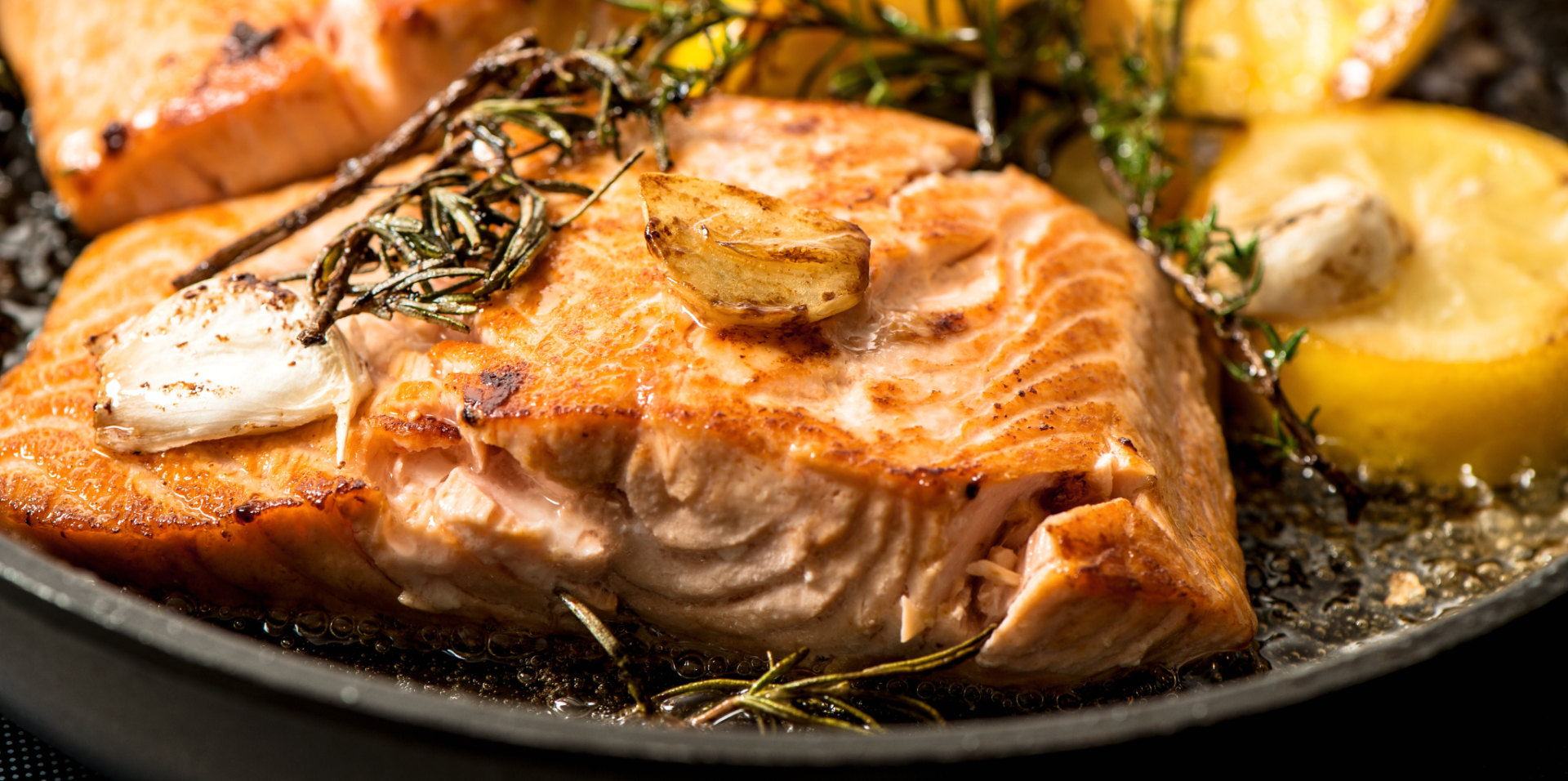Cat-Friendly Houseplants
Adding indoor plants to your home can be a great way to add style, brightness, warmth, and make your house feel more like a home. However, if you have a cat or are raising a kitten, you need to be cautious that you only introduce cat-friendly houseplants into your home. This is because many varieties of plants are classified as toxic to your feline friends, especially when ingested. These plants can cause varying degrees of severe symptoms, not excluding death. Yikes!
It’s not uncommon for kitties to want to play with or even chomp on plants. Therefore, it’s important for pet parents to be generally aware of common plants that are poisonous to their cats, whether indoors or outdoors. For example, a common plant that has proved to be one of the most toxic plants for cats is the lily. When ingested, lilies can cause acute and potentially fatal kidney failure in cats.
Understanding plant toxicity in cats
Which part of the plant is toxic? Is just one nibble of a toxic plant cause for worry? Depending on the species, certain parts of the plant might have a higher concentration of toxicity when ingested. Likewise, the toxic dose varies widely from plan to plant. For example, it might only take a small amount of one plant to cause a severe reaction to your cat if ingested. Alternatively, it might take the ingestion of a large amount of a different plant to cause an adverse reaction. However, if a plant is labeled as toxic for cats, just assume that all parts of the plant in any amount are poisonous, and seek help immediately if ingested.
Symptoms to be aware of
Symptoms of toxic plants might present themselves in various ways. Externally, the irritation and inflammation of a toxic plant might cause redness, swelling, or itchiness of the eyes, skin, or mouth. Internally, the toxicity can cause various responses depending on the primary organ affected. For example, you might notice:
- Difficulty breathing (if airways are affected)
- Drooling or difficulty swallowing (if mouth, throat or esophagus is affected)
- Vomiting (if the stomach or small intestines are affected)
- Diarrhea (if the small intestines or colon are affected)
- Excessive drinking and urinating (if the kidneys are affected)
- Fast, slow or irregular heartbeat and weakness (if the heart is affected)
If you believe that your animal is ill or may have ingested a poisonous substance, or if you have any further questions regarding plants that are poisonous to cats, contact either your local veterinarian or the APCC 24-hour emergency poison hotline at 1-888-426-4435. When treating an animal that may have been poisoned by a plant, identification of the plant is important. If you cannot identify the plant your cat ingested, bring a sample of it with you to the veterinary office.
Cat-friendly houseplants
Thankfully though, not all plants are toxic to cats. Experts consider some varieties to be cat-friendly houseplants and are safe to have in your home. However, it is important to note that just because your houseplant is not technically toxic to your cat, it doesn’t mean it won’t upset their digestive system if eaten frequently. For the sake of both your cat and your plants, it’s still a good idea to keep your cat-friendly houseplants out of your cat’s reach. Especially if you have a particularly curious and frisky feline.
If you’d like to add some extra life into your home with some plants but are not sure which varieties to start with that will be safe for your cat, not to worry! Here is an inexhaustive list of just some of the cat-friendly houseplants you and your cat can have in your home with peace of mind, even if it does get a nibble or two.
- Areca palm (Dypsis lutescens)
- African violet (Saintpaulia)
- Air plants (Tillandsia)
- Aluminum plant (Pilea cadierei)
- Christmas cactus (Schlumbergera – be aware that not all succulents are cat-friendly houseplants!)
- Friendship plant (Pilea involucrate)
- Lipstick plant (Aeschynanthus)
- Prayer plant (Maranta leuconeura)
- Spider plant (Chlorophytum comosum)
- Boston fern (Nephrolepis exaltata)
- Hawthornia (Haworthiopsis attenuata)
- Swedish ivy (Plectranthus verticillatus)
- Basil (Ocimum basilicum – in case you want to start an indoor herb garden!)
Like this content and want more? Read more about pets and wildlife here. And be sure to subscribe to our newsletter at Dock Line Magazine so you don’t miss out on getting more free content like this straight to your email!





